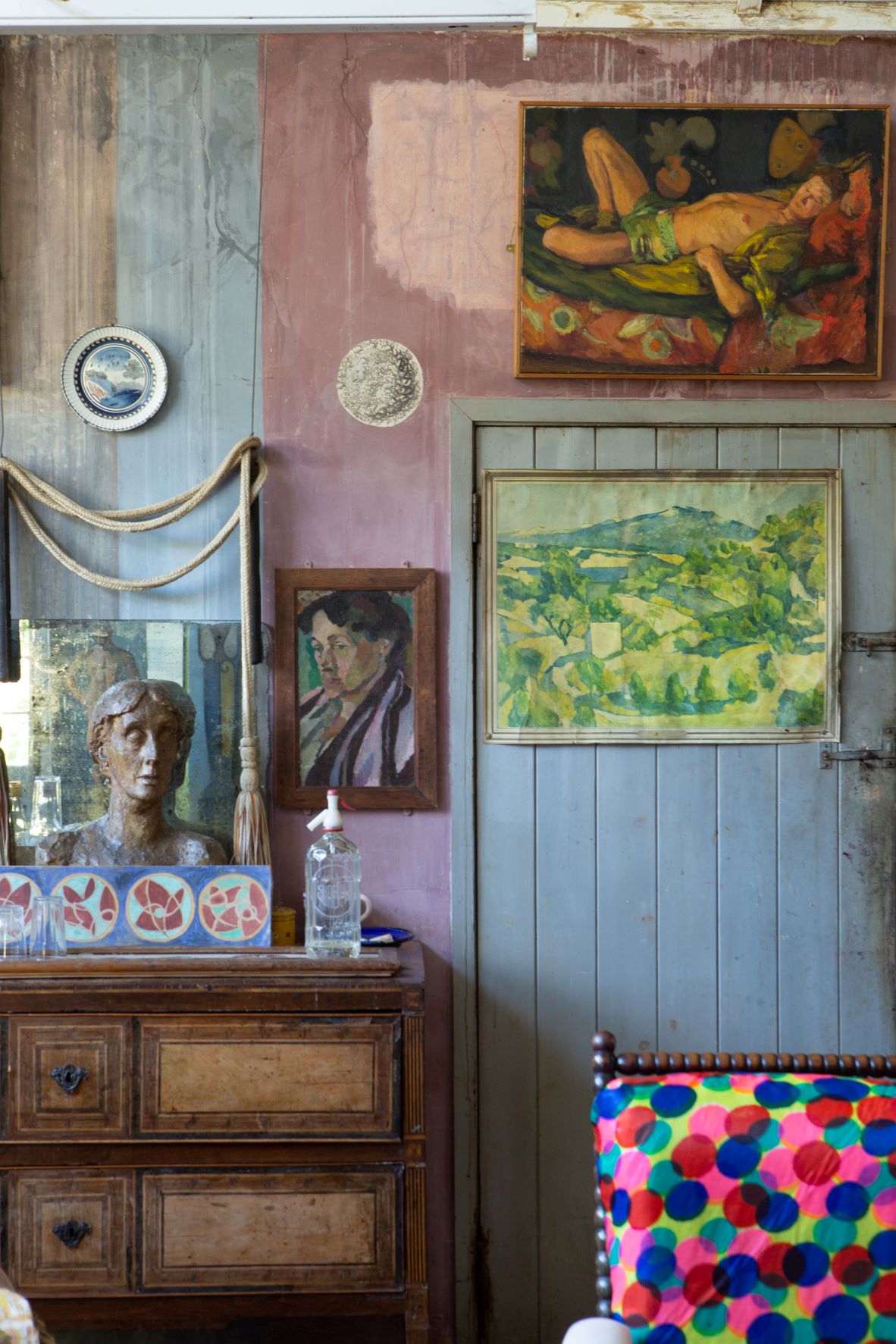
c. Lee Robbins
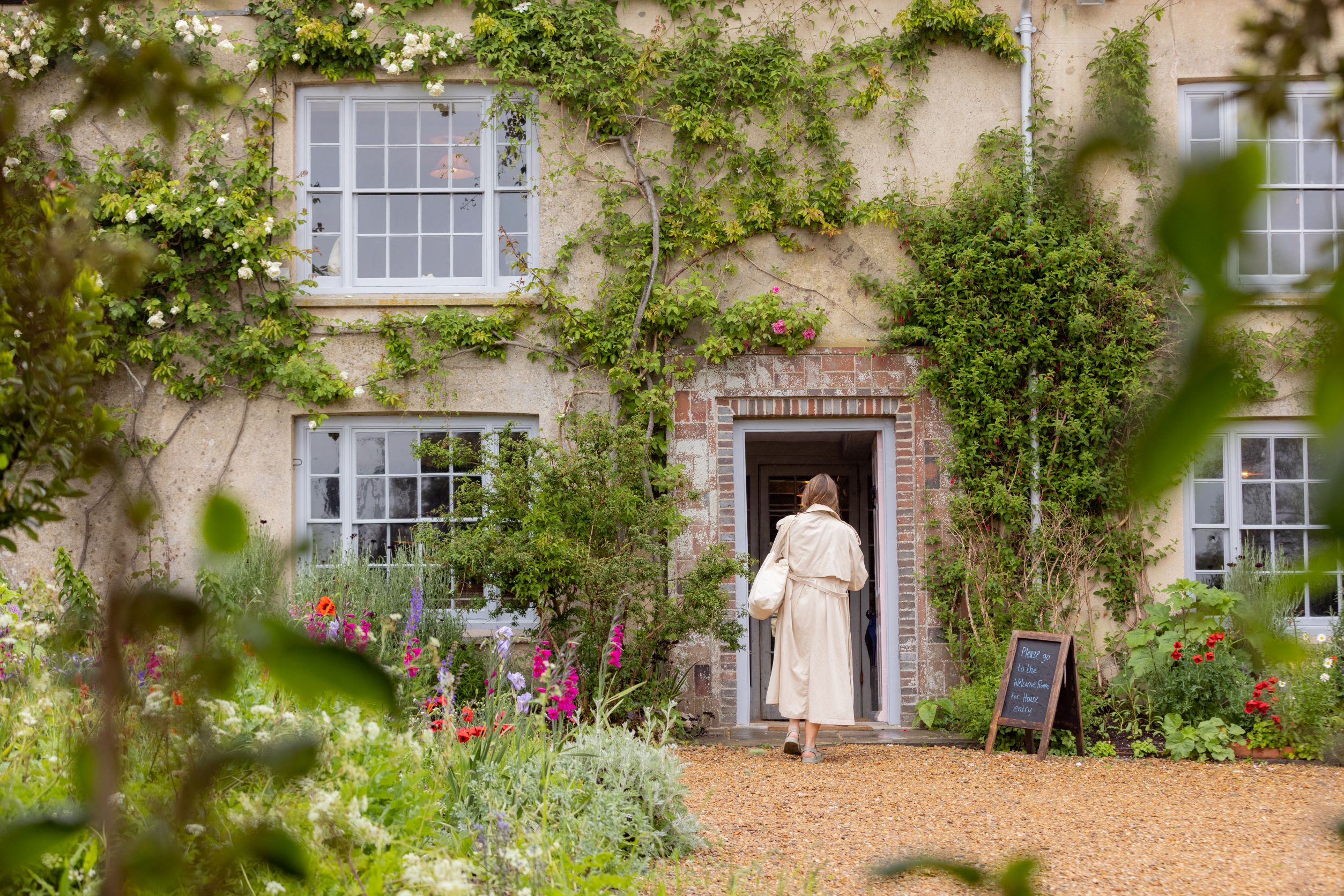
Charleston in Firle
The modernist home and studio of the painters Vanessa Bell and Duncan Grant, Charleston was a gathering point for some of the 20th century’s most radical artists, writers and thinkers known collectively as the Bloomsbury group.
It is where they came together to imagine society differently, and has always been a place where art and experimental thinking are at the centre of everyday life. Today, Charleston presents a dynamic year-round programme of exhibitions, events and festivals.
Book ahead to see inside the house and exhibitions, but the cafe, garden and grounds are free to visit, and offer a varied experience throughout the seasons.
Charleston in Lewes
Charleston in Lewes is a cultural centre housed in a former local authority municipal building from 1939, serving as a home for art exhibitions, community projects, workshops, and educational programs.
It is not a new idea for the Bloomsbury group to explore creating a cultural centre in Lewes. During the Second World War, the economist John Maynard Keynes, alongside Vanessa Bell and Duncan Grant, worked on a project for the precursor of the Arts Council, making designs for a theatre and art gallery for small towns across the country, using Lewes as a model.
|
Explore the famous farmhouse and gardens
|
|
|
A year-round programme of exhibitions
|
|
|
World-renowned festivals, including Charleston Festival and Festival of the Garden
|

c. Lee Robbins
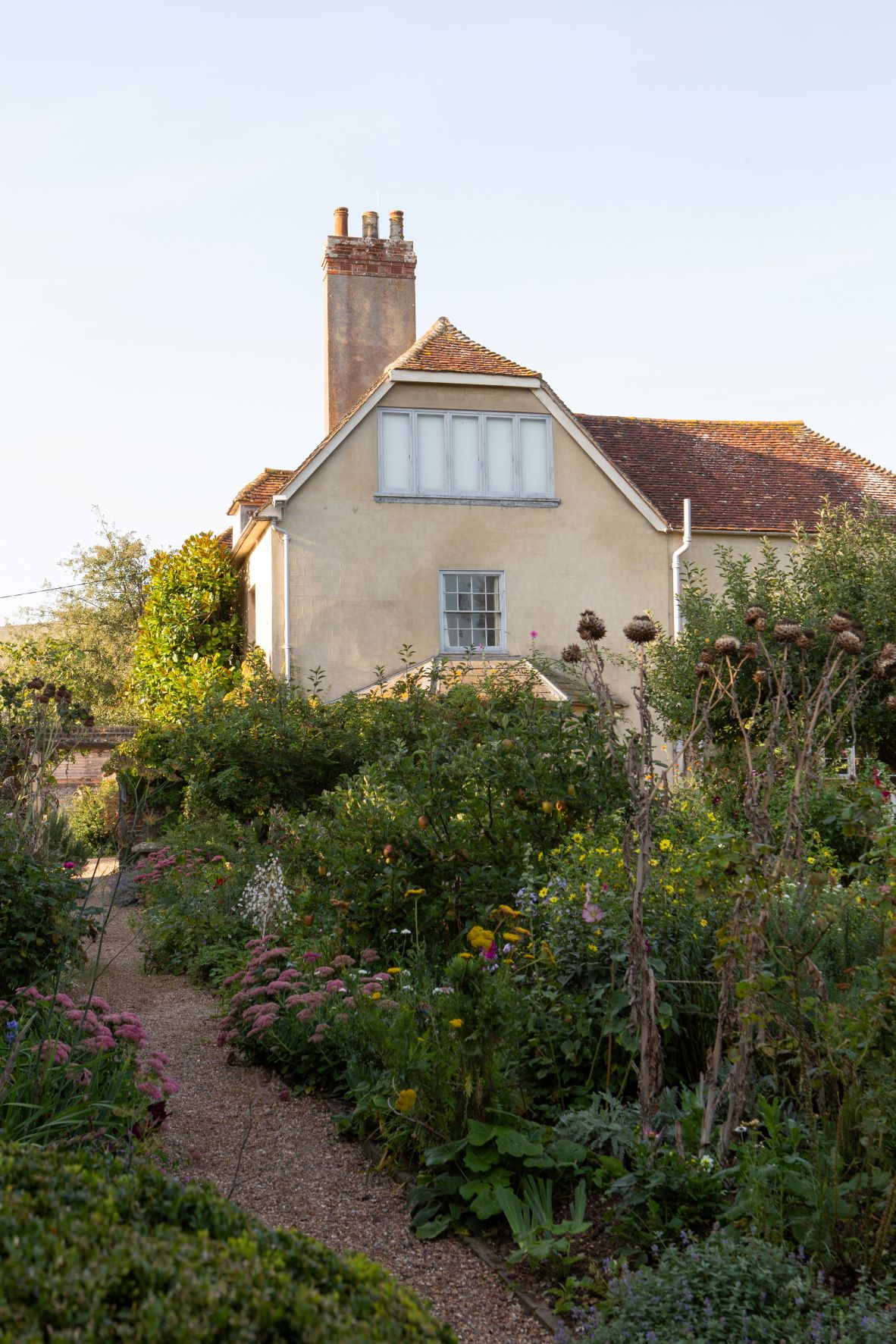
c. Lee Robbins
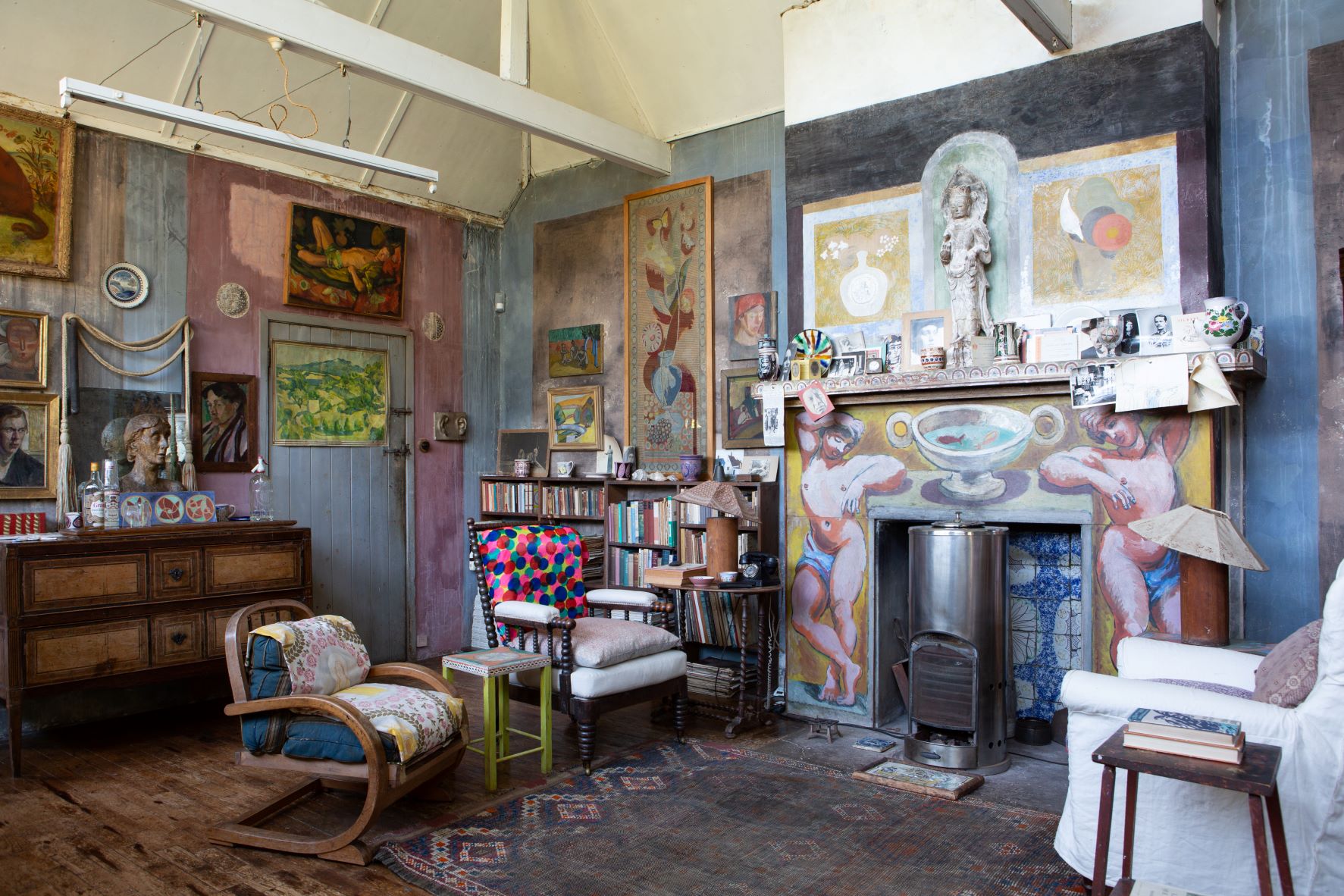
c. Lee Robbins
Charleston is open to visitors all year round. This includes Charleston’s cafes, shop, exhibitions, house and garden.
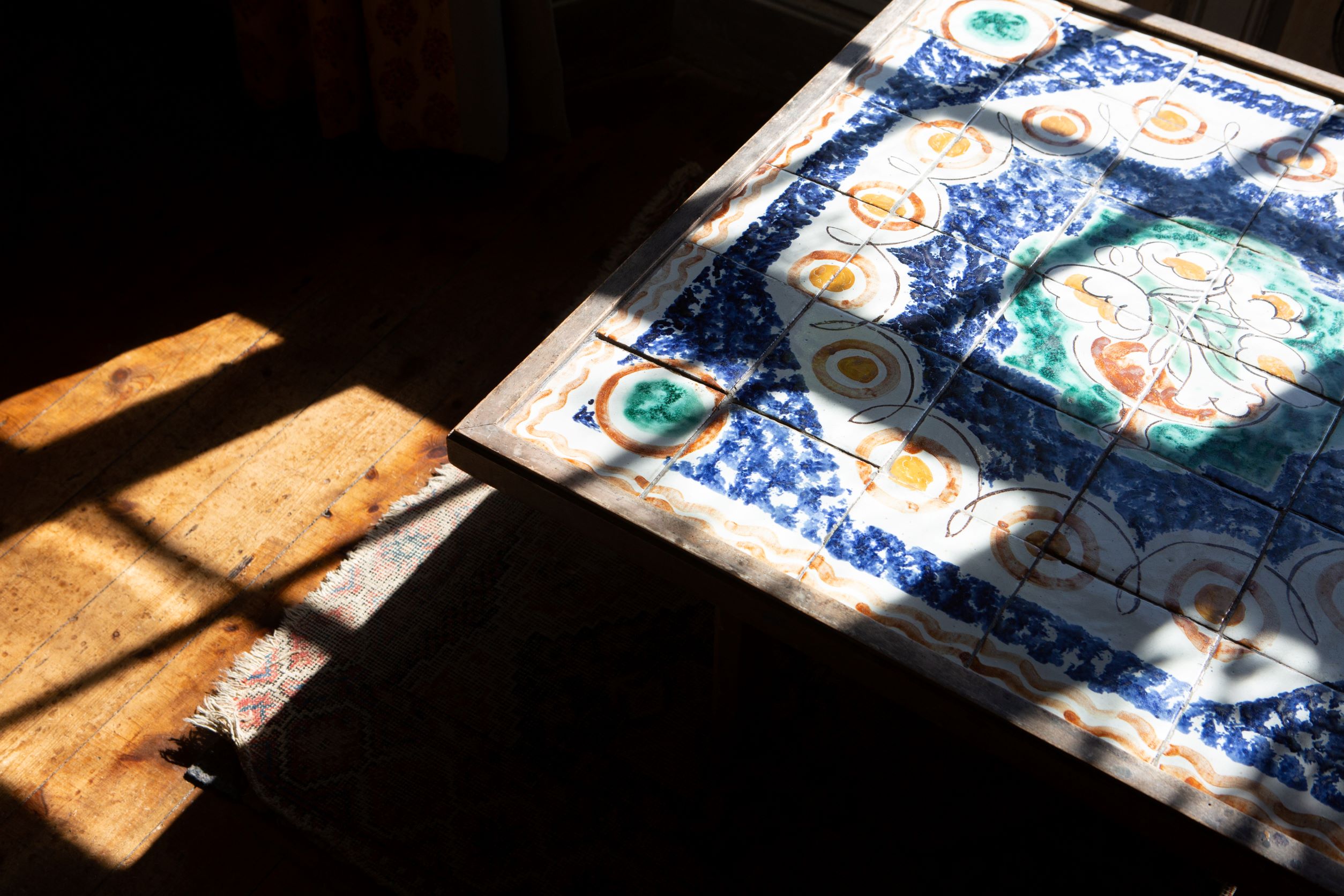
c. Lee Robbins
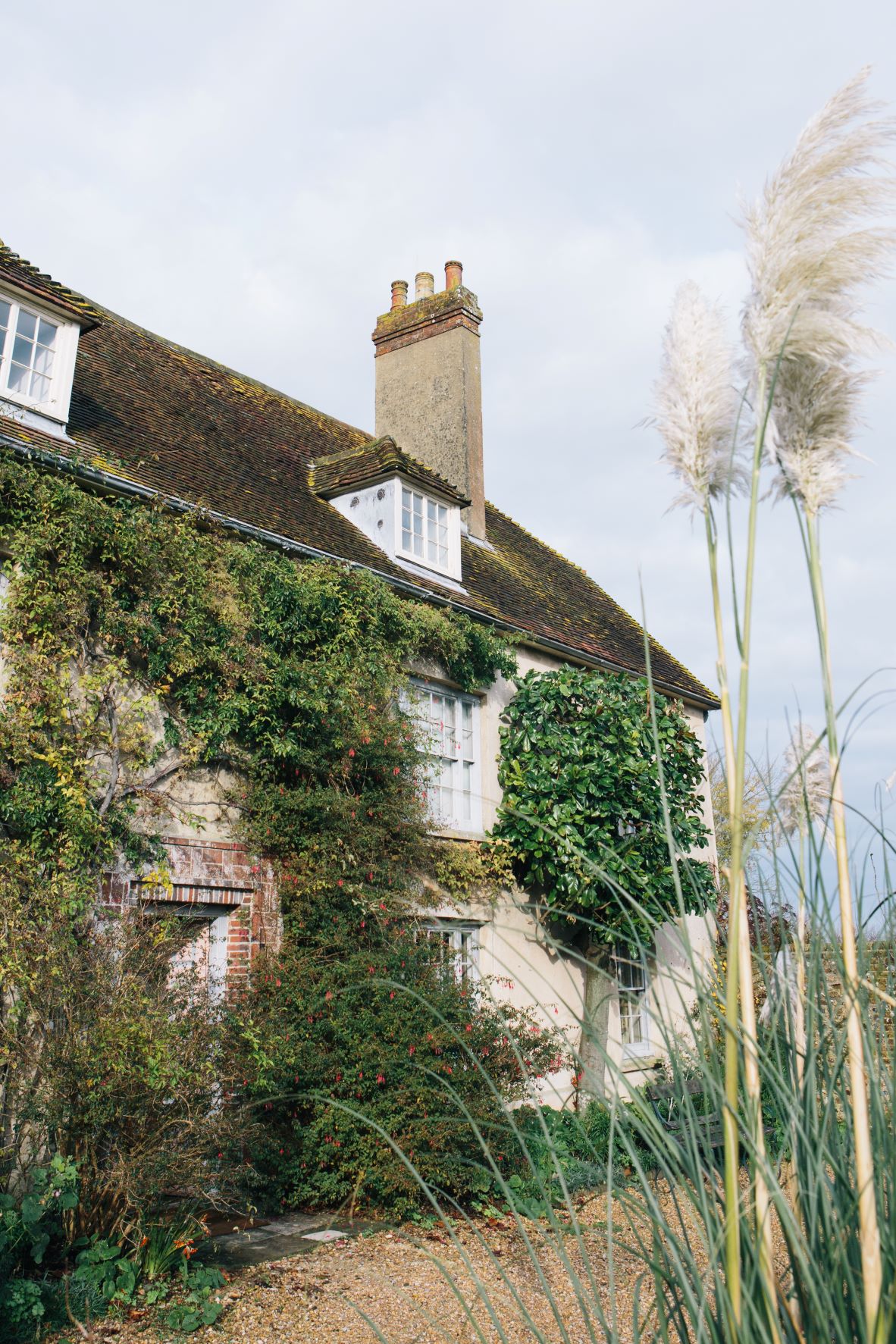
c. Lee Robbins
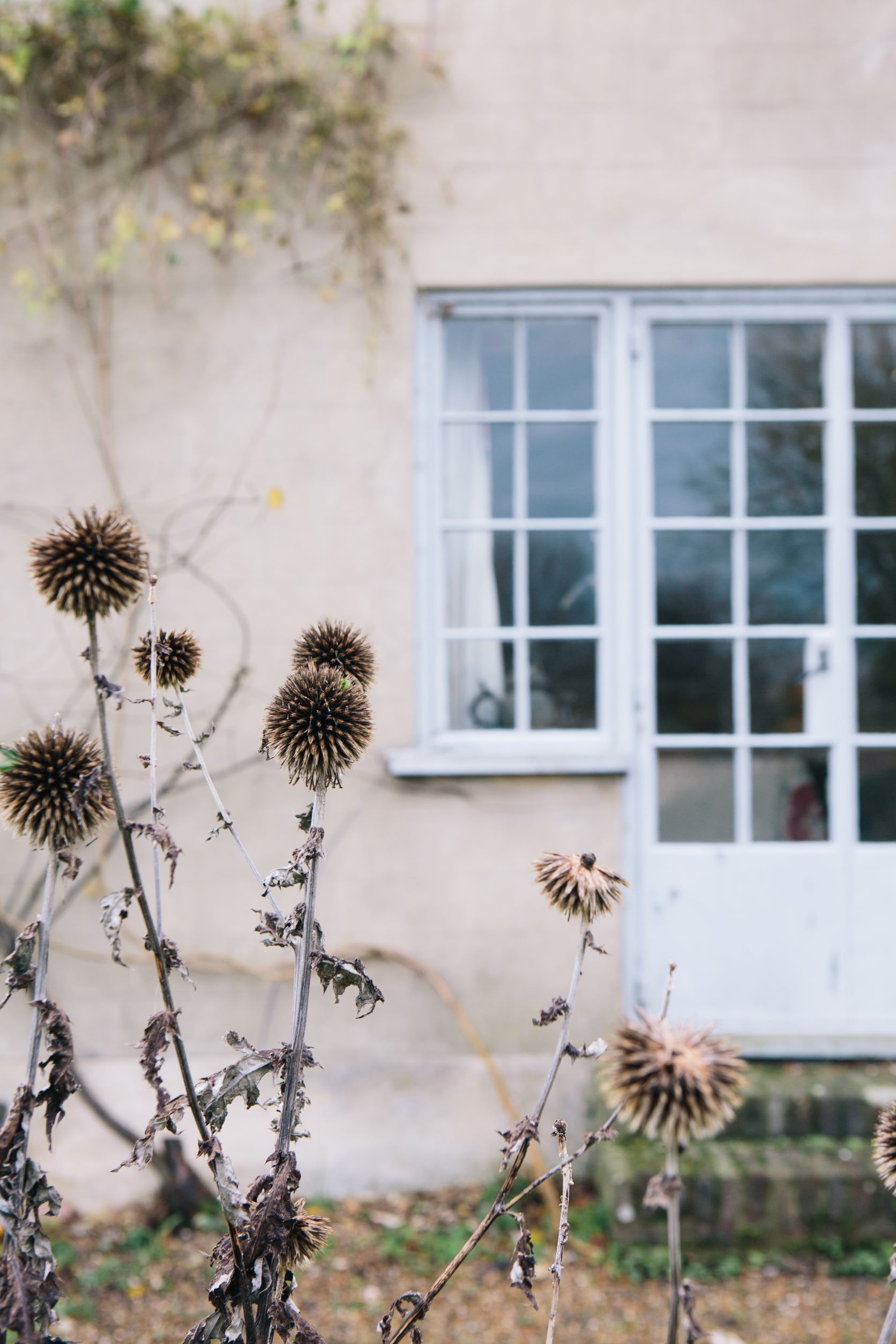
c. Lee Robbins
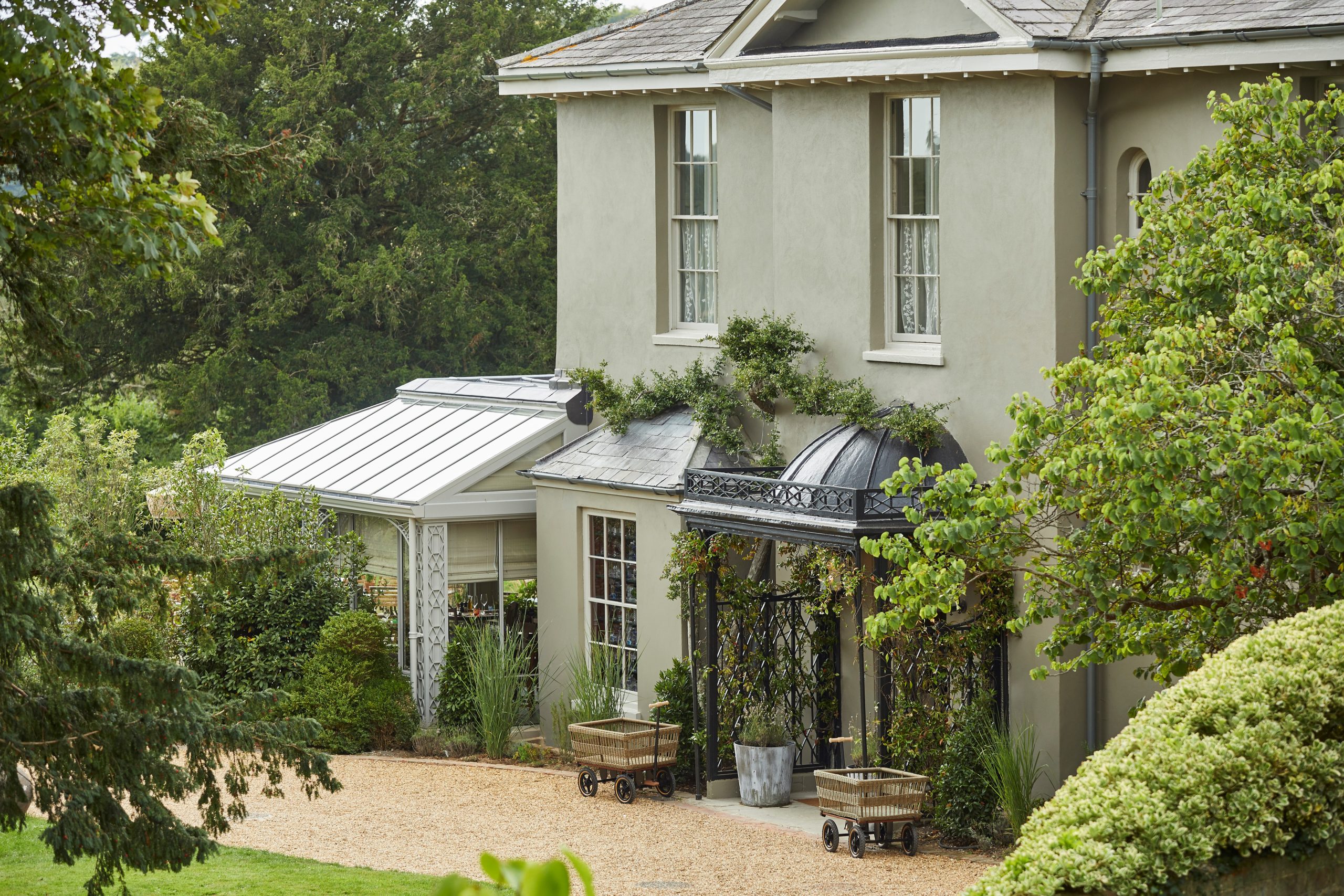
Accommodation | Hotel | Overnight | Sustainable travel
Dine, stay and relax at THE PIG-in the South Downs — a restaurant with rooms where everything starts with the Kitchen Garden.
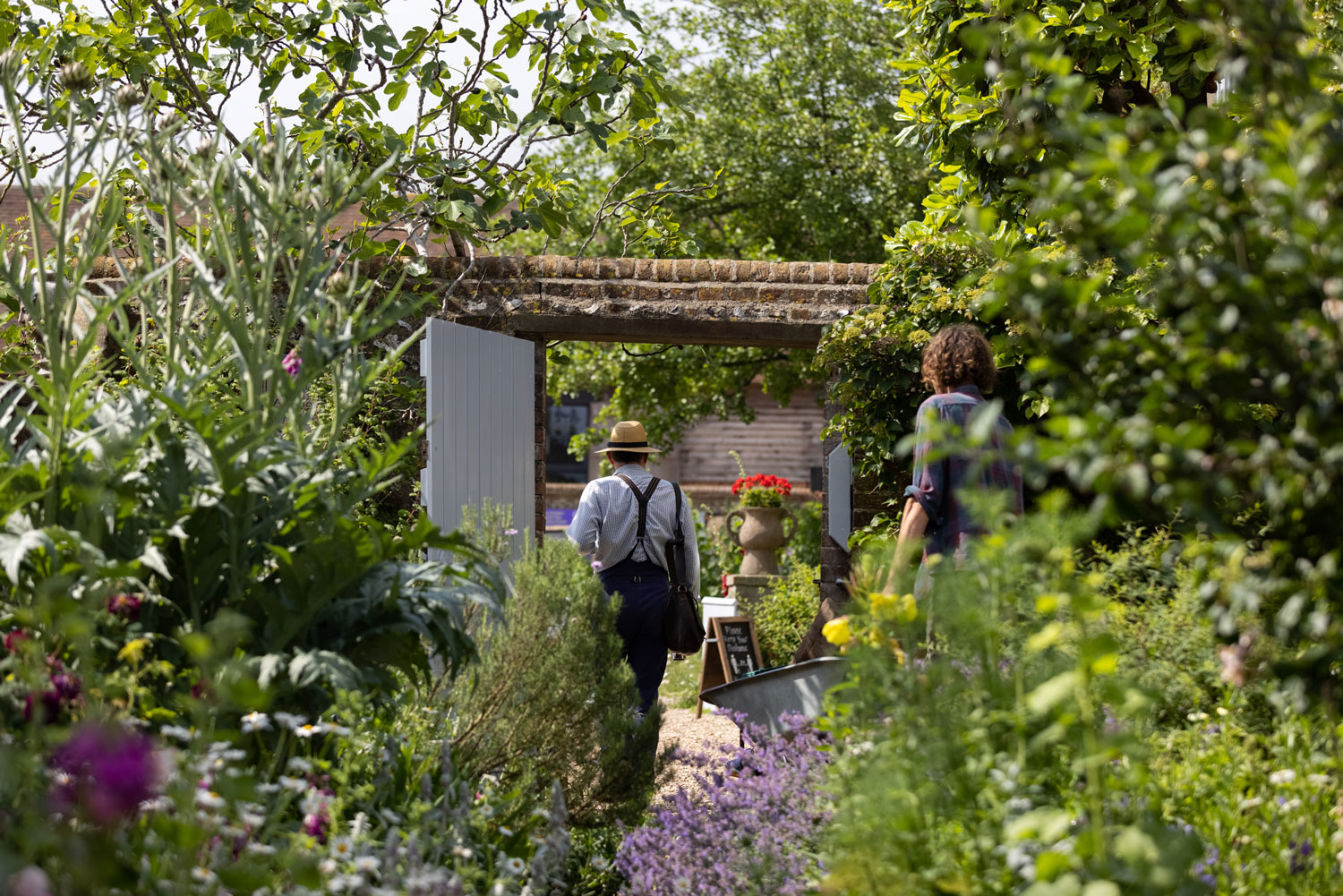
Story | Art | Landscape | Wine
Just over one hundred years ago a group of artists, writers and intellectuals changed how we think of a special corner of Sussex – and a lot else besides.
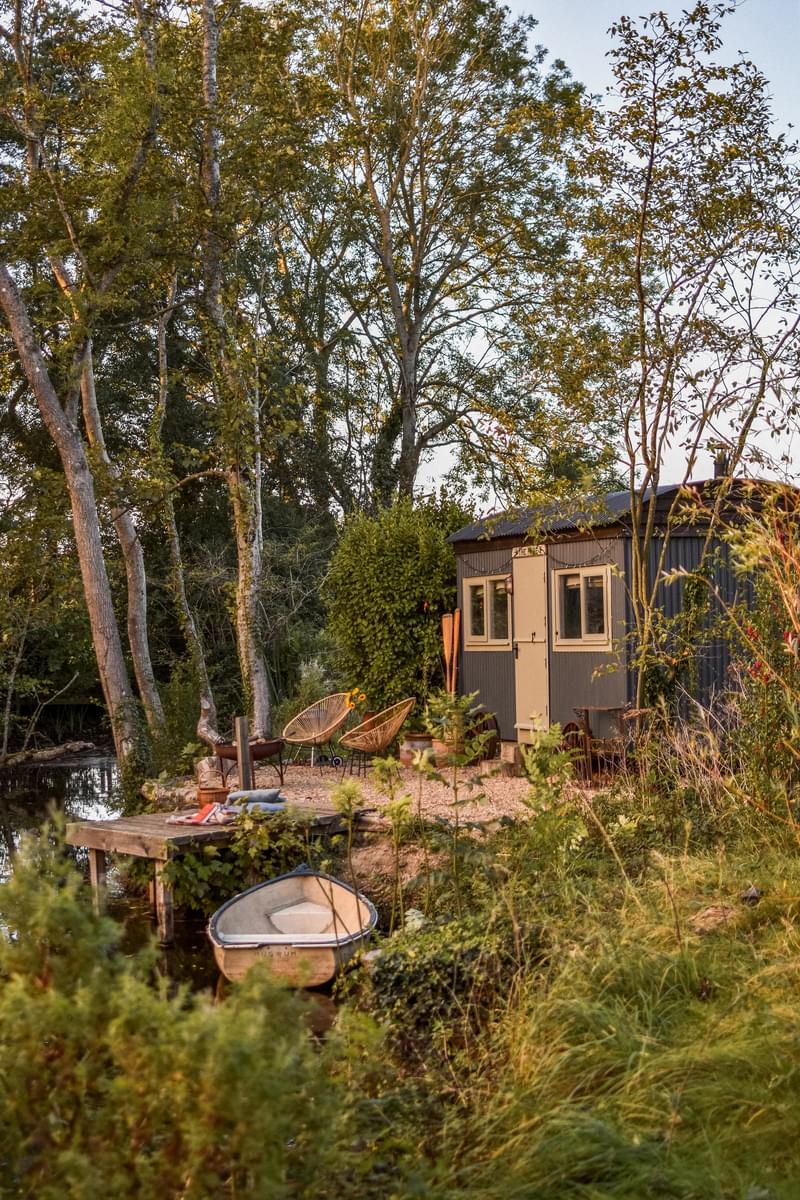
Overnight | Accommodation | Self-catering
Choose from a handpicked selection of stylish places to stay in Sussex, from cabins to castles and everything in between.
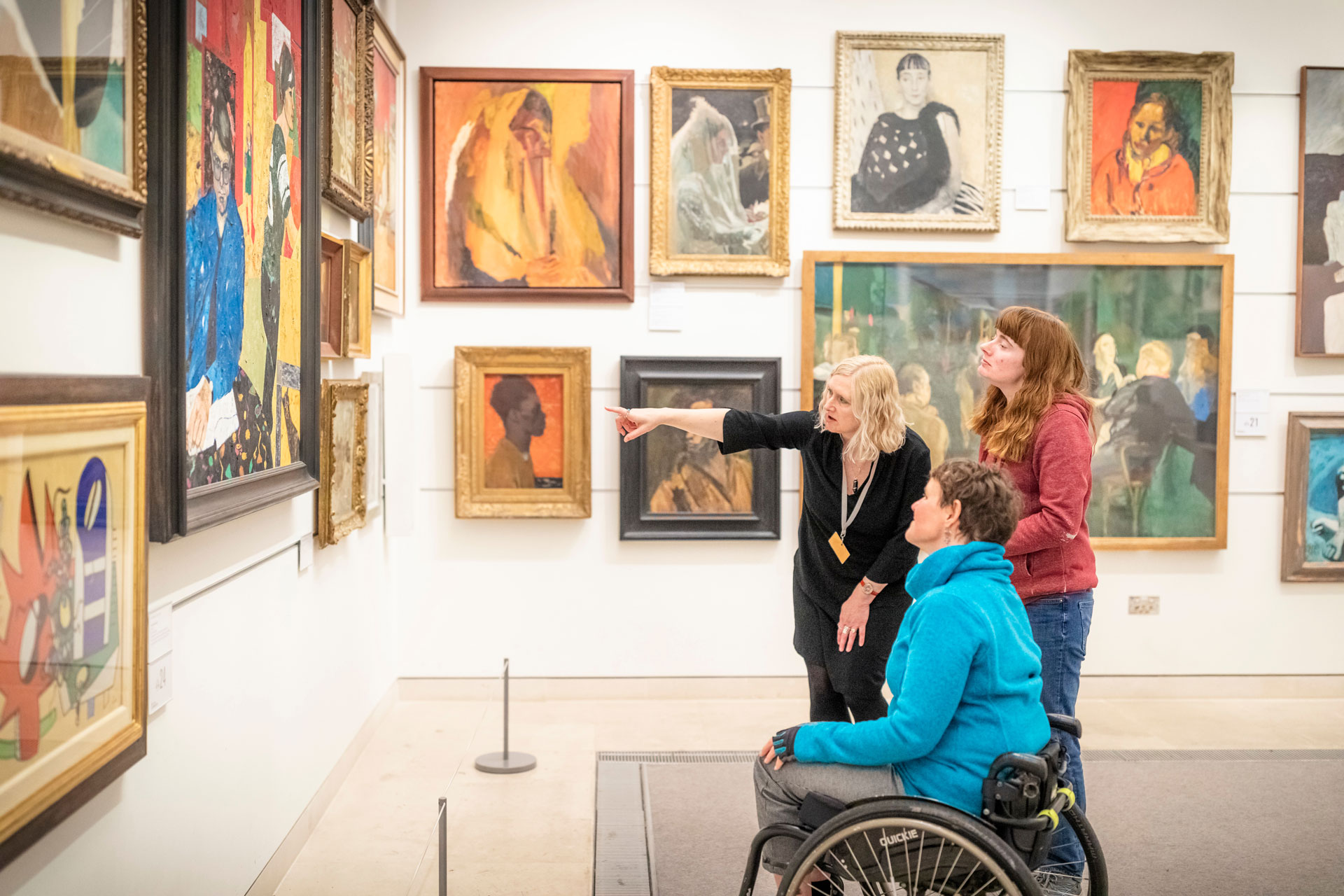
Art
One of Britain’s most distinctive modern art museums.
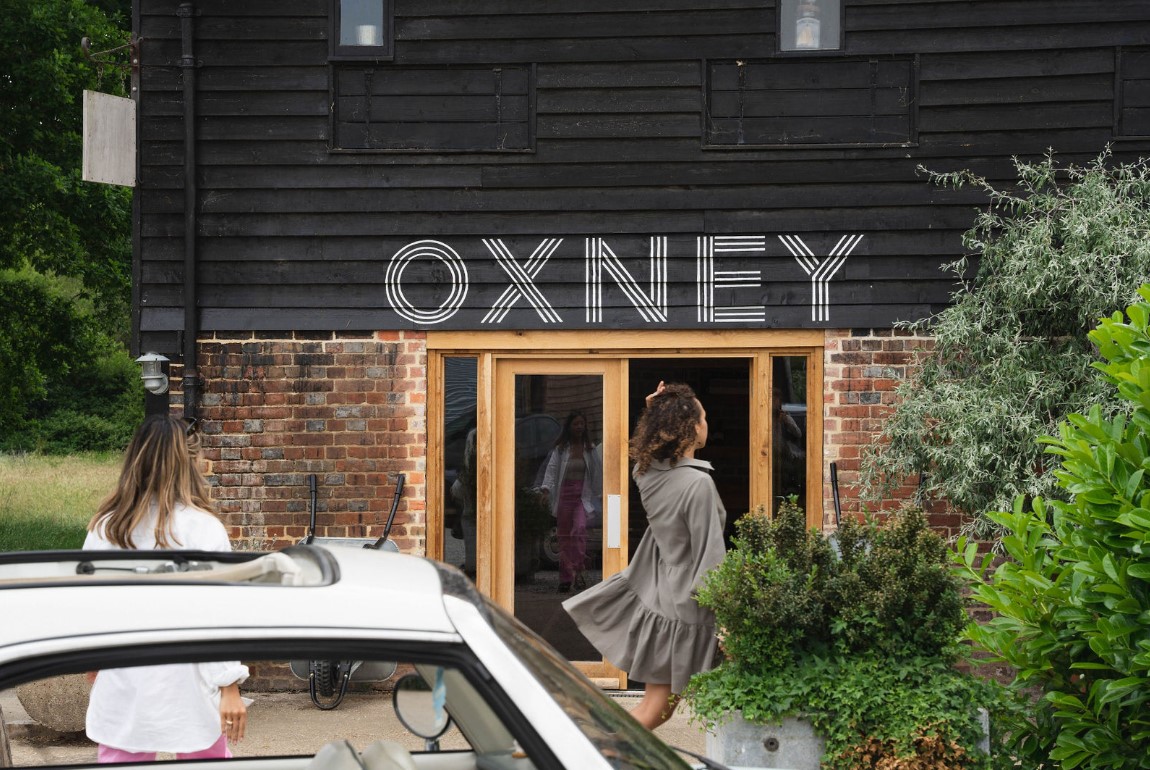
Wine
The largest single estate organic vineyard in the UK, producing award-winning still and sparkling wines.
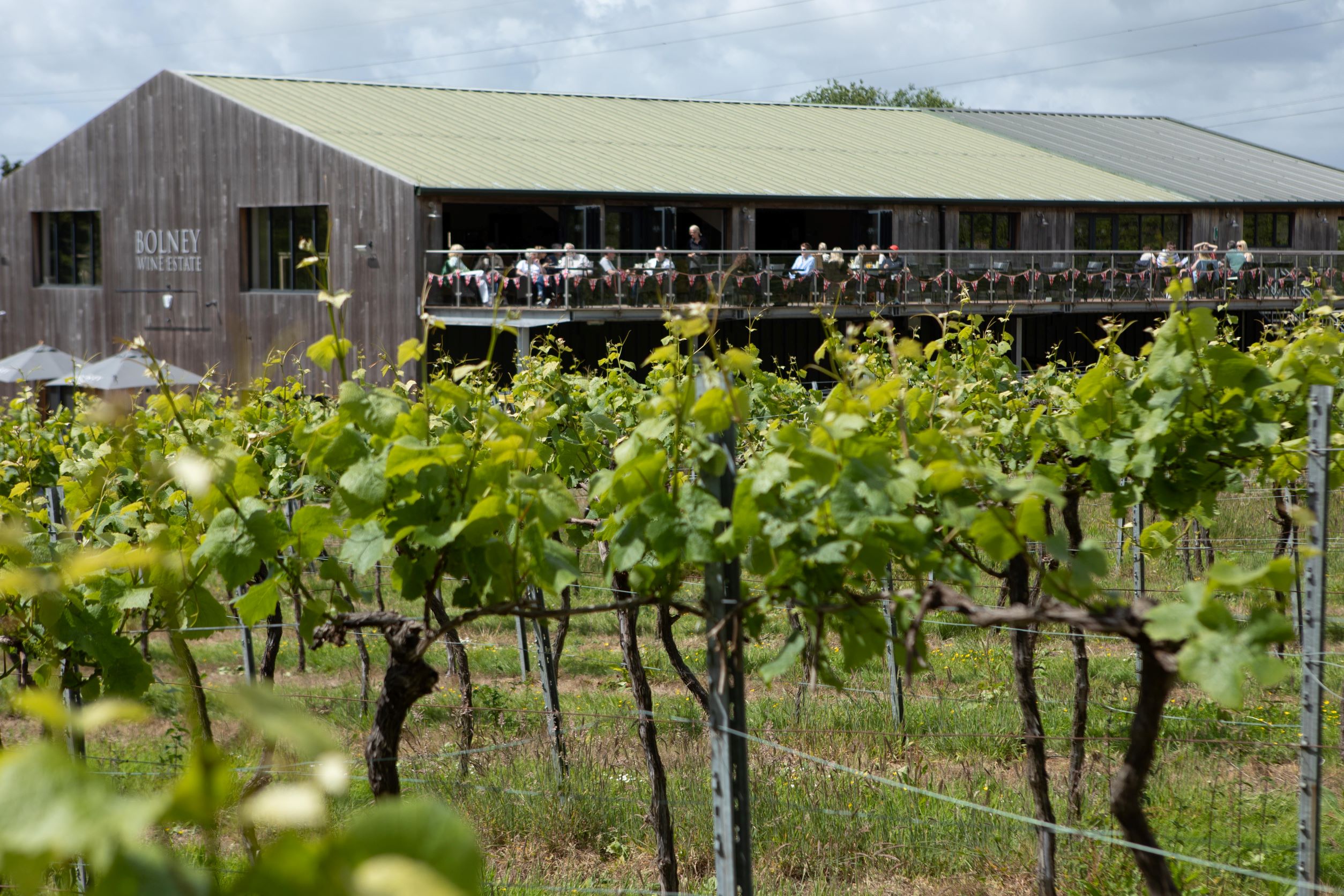
Wine
Established for more than half a century, Bolney is a true pioneer of English wine.
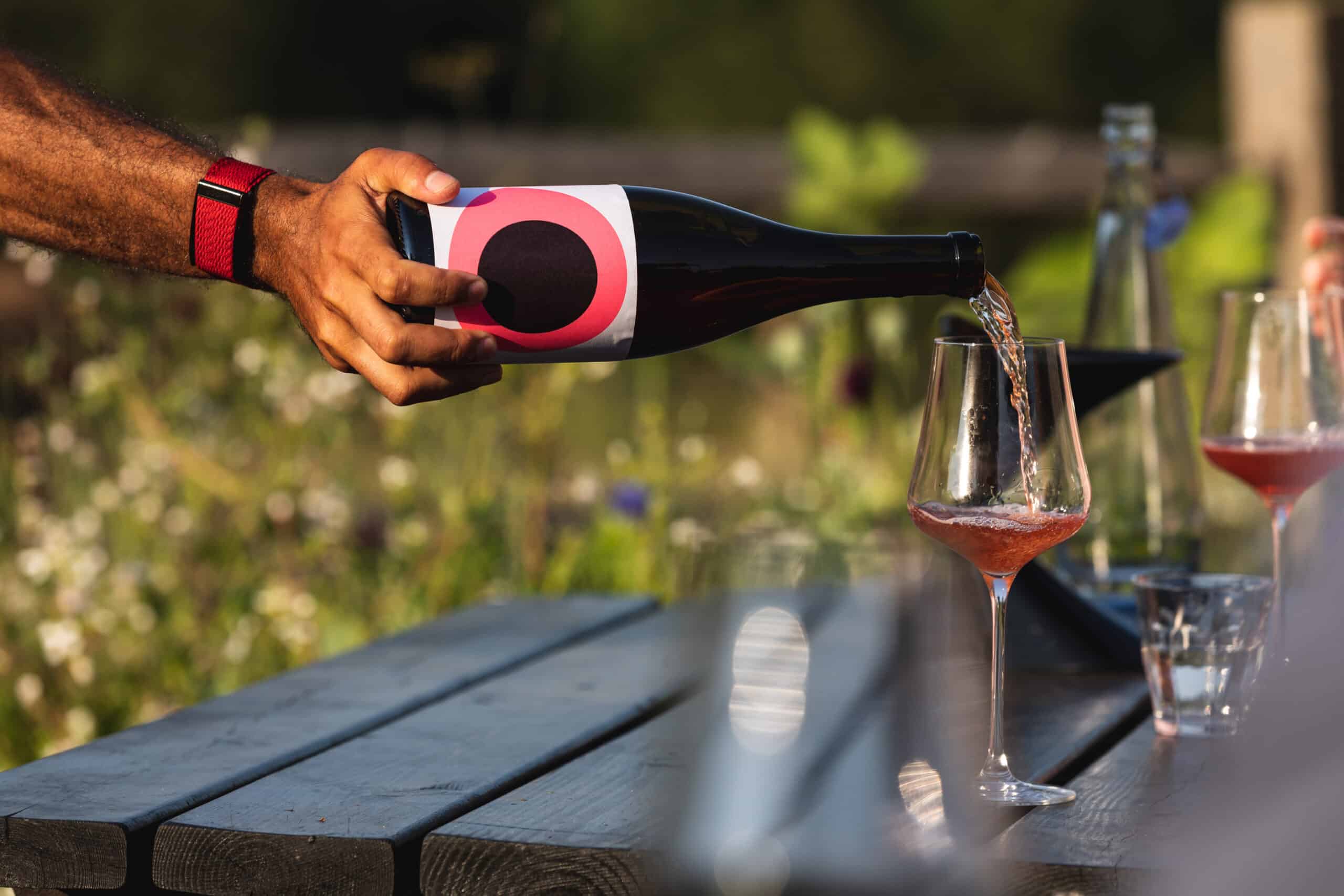
Events | Wine
Visit a vineyard all year round.
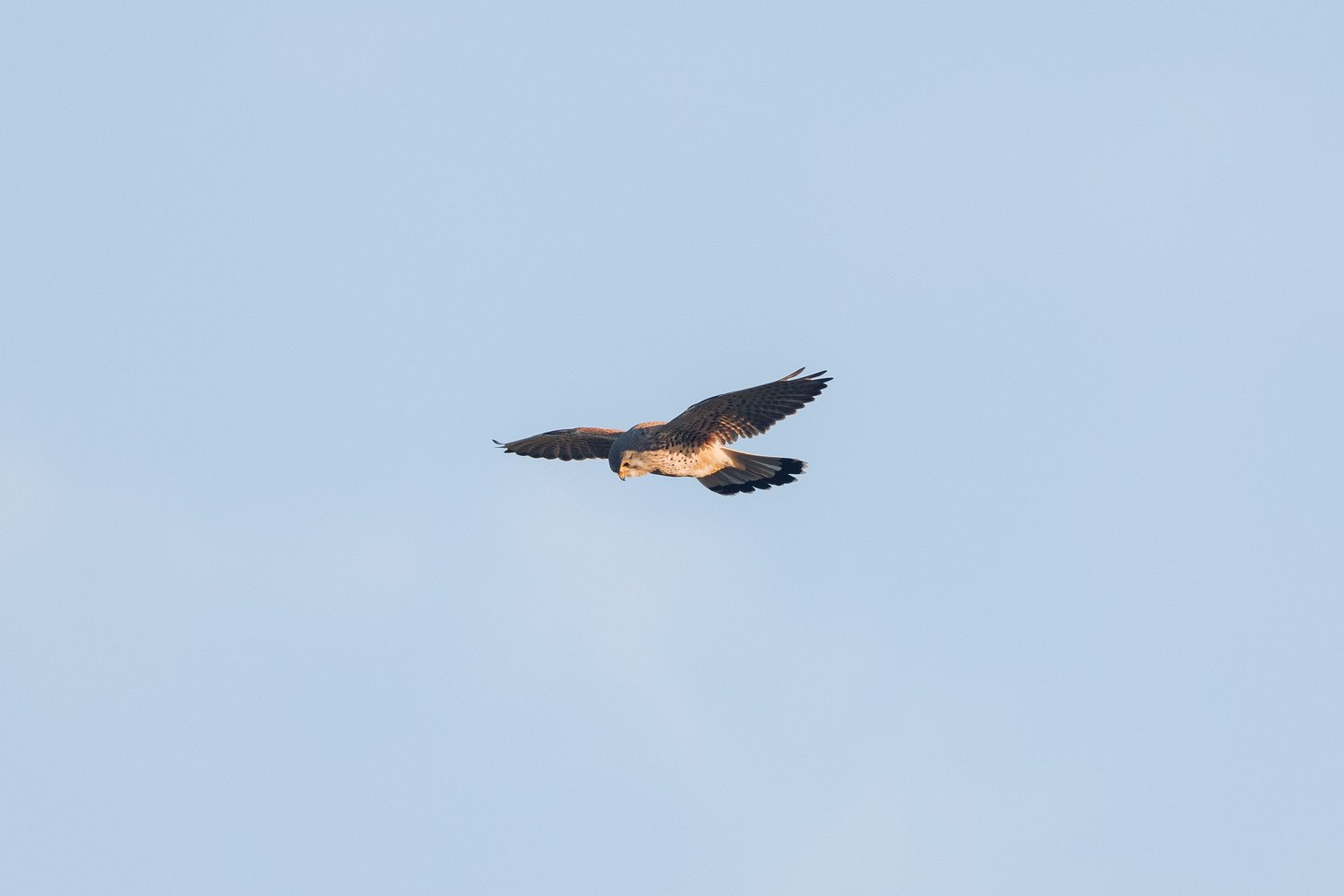
Story | Art | Landscape | Wine
There’s a gentle landscape that follows the eastern margin of Sussex. It unfolds across the Weald through ancient woodlands, broadening out to a quiet hinterland, a place defined by its three rivers.
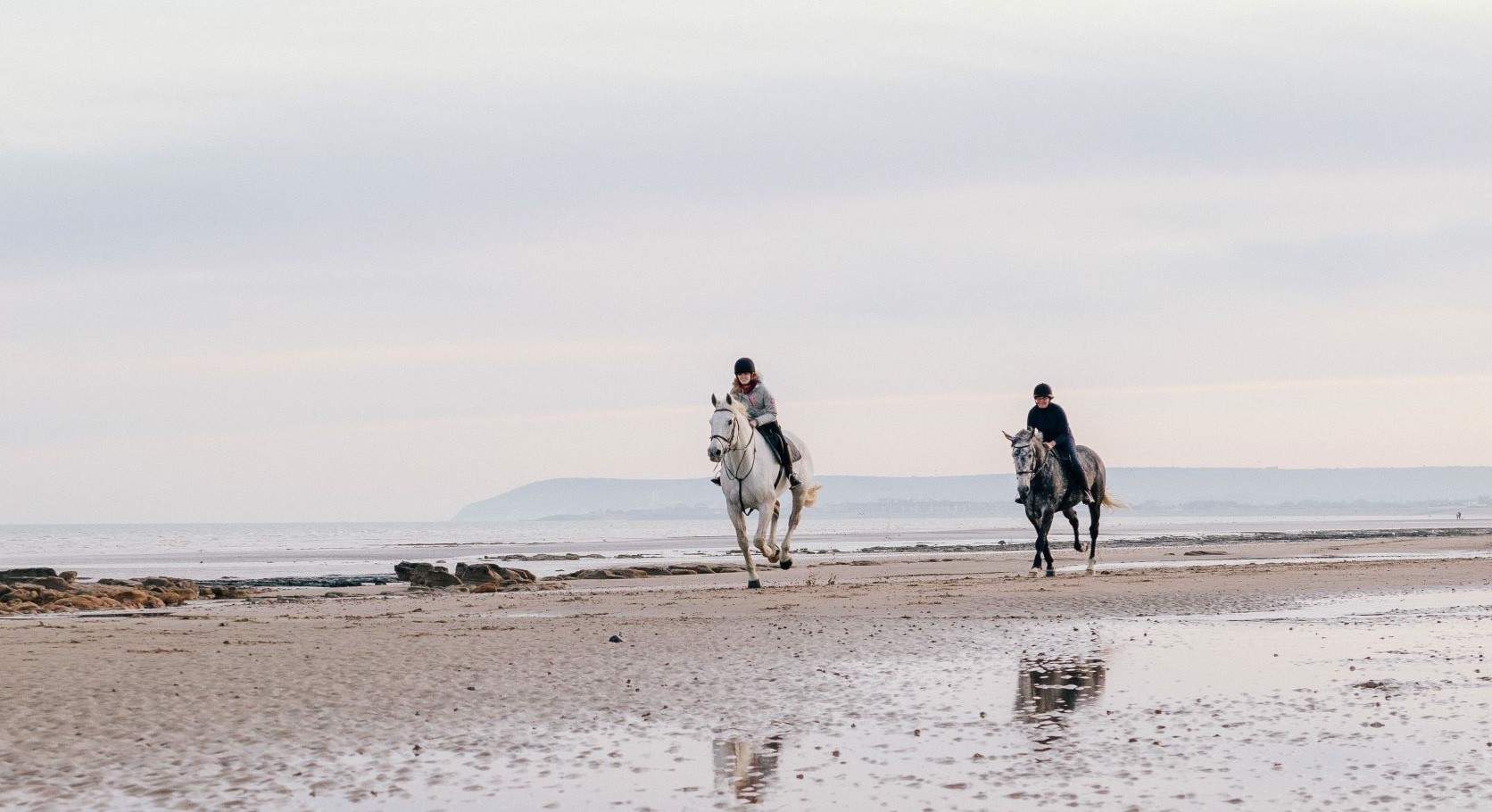
Landscape
Pevensey Bay is an old fishing village founded in the 1600s and is famously known as William of Normandy’s landing place in 1066. It is now a popular seaside destination. Pevensey village dates back to the 13th century and the nearby Pevensey Levels are a natural haven for wild birds, flowers and animals.